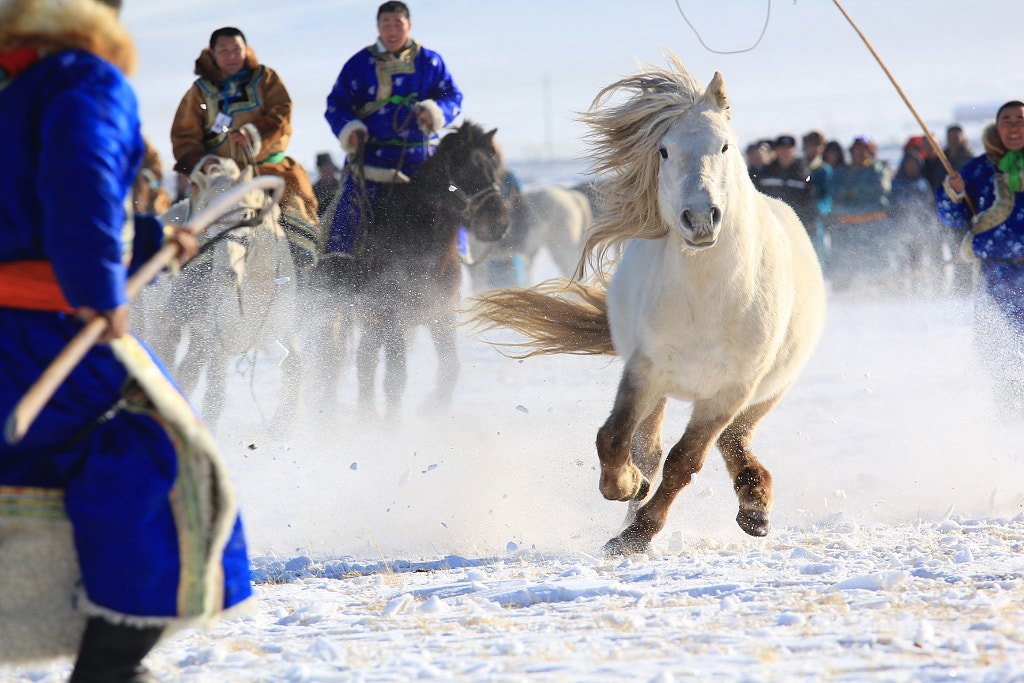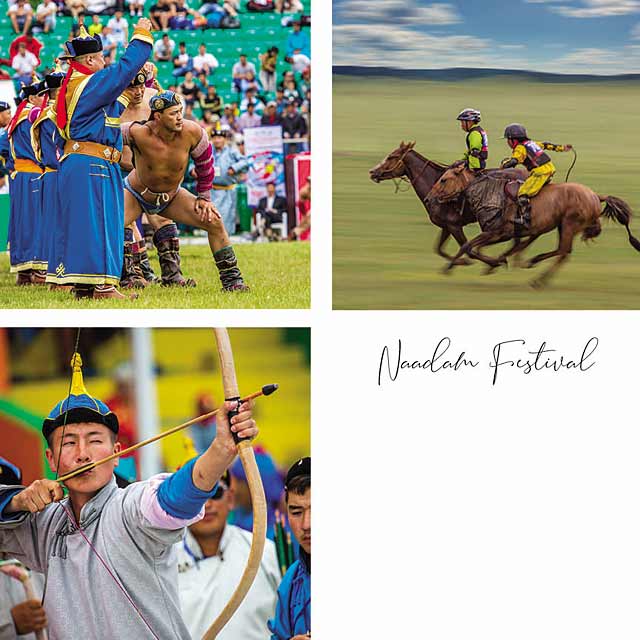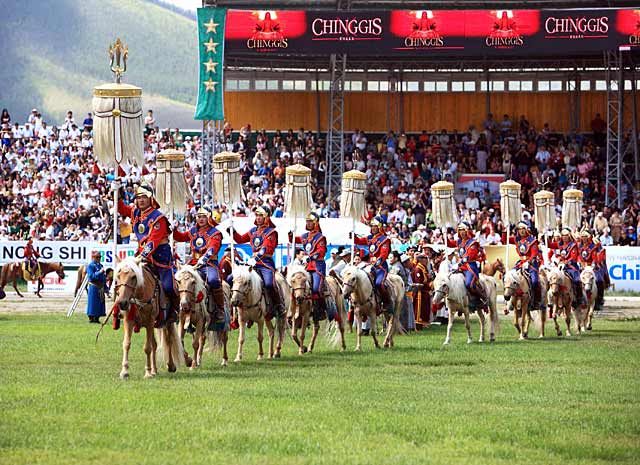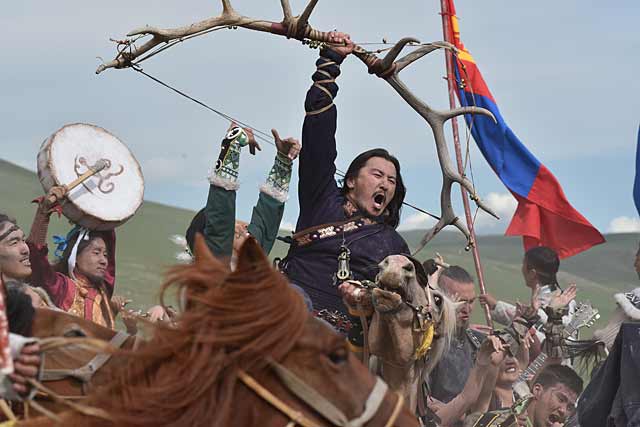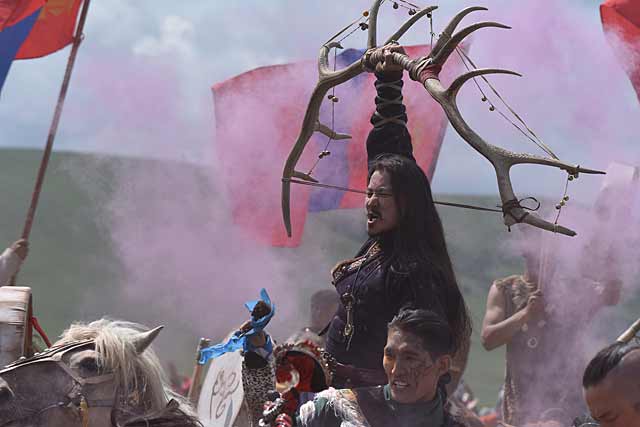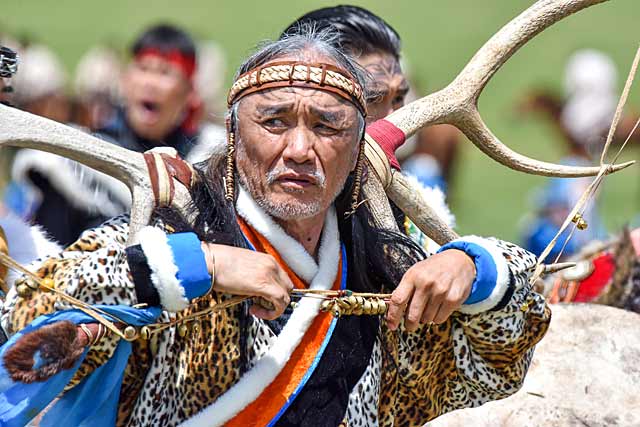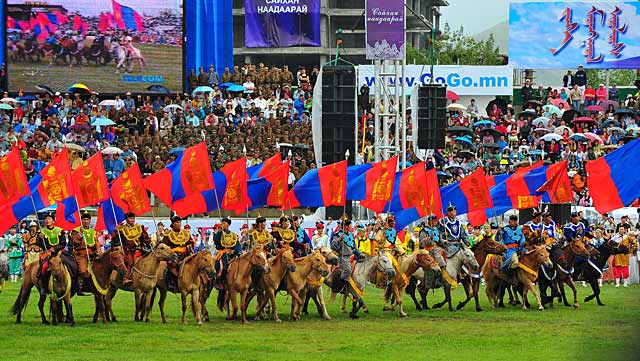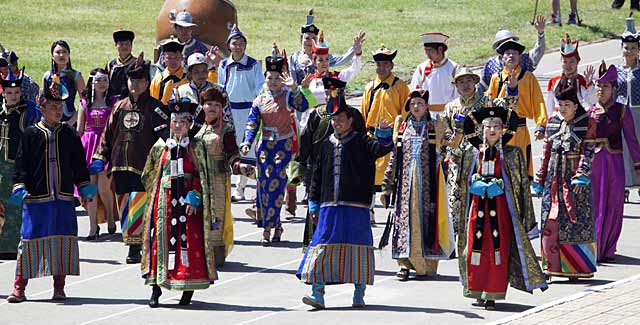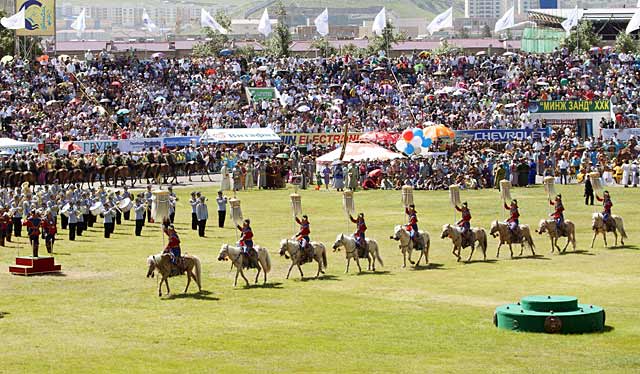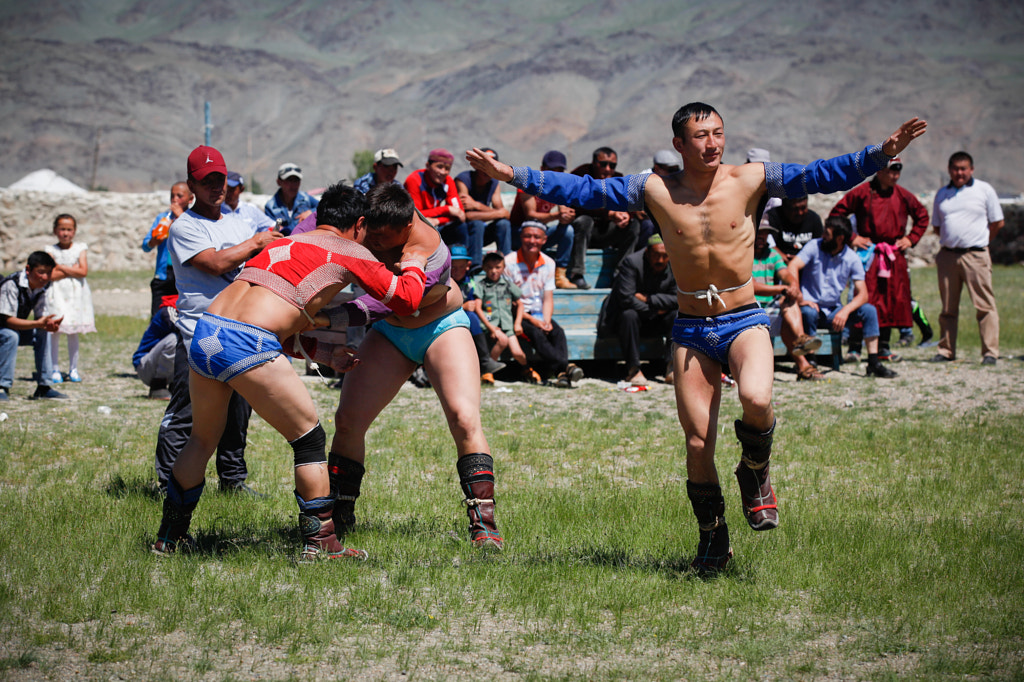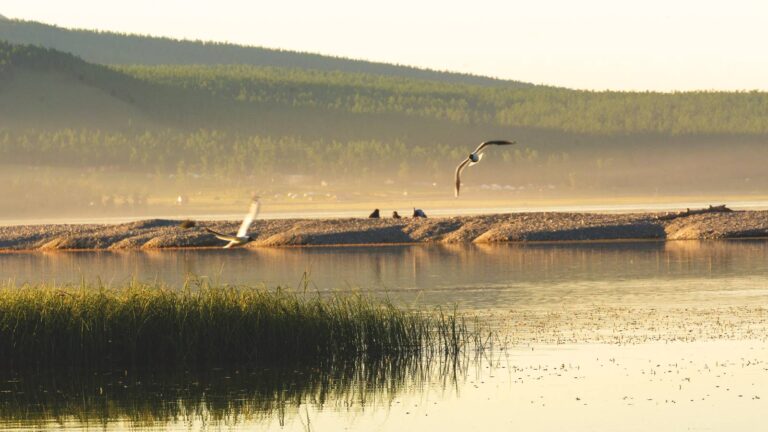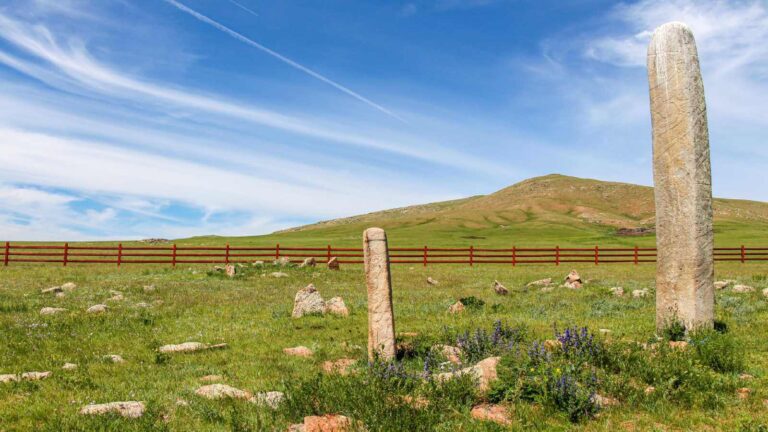Getting There
The biggest Naadam event is held in the capital city Ulaanbaatar, but everywhere you go all towns and settlements will celebrate the long awaited festival with their own unique input.
What to Expect
Naadam Festival is the only one of its kind; it is a sophisticated and eloquent expression of nomadic culture, it is the honored celebration of a national independence, and it is an outstanding combination of arts and sports.
Even, the core of the festival – three manly sports – the wrestling, horseracing and archery, embrace many elements of arts, such as singing, dancing and performing.
Nomadic Mongolians have known when to throw the parties. Naadam Festival is held in the most enjoyable month of the most pleasant season in the country. Therefore, everyone takes the opportunity and enjoys the Festival in diverse schedule such as travelling to the countryside, camping out and gathering in their closest herds.
Mongolians follow special rituals and practices during the festival, such as wearing unique costumes and using distinctive tools and sporting items. Festival participants revere the sportsmen, sportswomen, and children who compete, and winners are rewarded titles for their achievements.
Ritual praise songs and poems are dedicated to the contestants in the events. Everyone is allowed and encouraged to participate in Naadam, thus nurturing community involvement and togetherness. The ritual of eating Khuushuur, flat frued dumpling during Naadam is prominent.
History
The origin of Naadam festival is closely related to the history and culture of the country. Mongolians have abundant military history; especially, it is renowned for its conquest, great Emperors and the warriors. The core reason of the success and unity of legendary Chinggis (Genghis) Khan’s army was its sophisticated structure. The whole army was composed of groups of 10 soldiers and each group was led by a selected man.
The leader of groups chose their warriors based on their strength, movement and flexibility revealed in their wrestling skills, their eye-sight and hand-orientation shown in their spear-throw and archery skills, their patience and bravery exposed in their horse training and horse racing skills during public competitions. Furthermore, before and after major battles, the three manly sports – wrestling, horserace and archery – were exercised as an organized event, which later adopted its present name – Naadam.
Facilities Available
- Public toilets
- Restaurant / food establishments
- Accommodation
- Tourist information
- Shopping
- Taxis etc. all available

